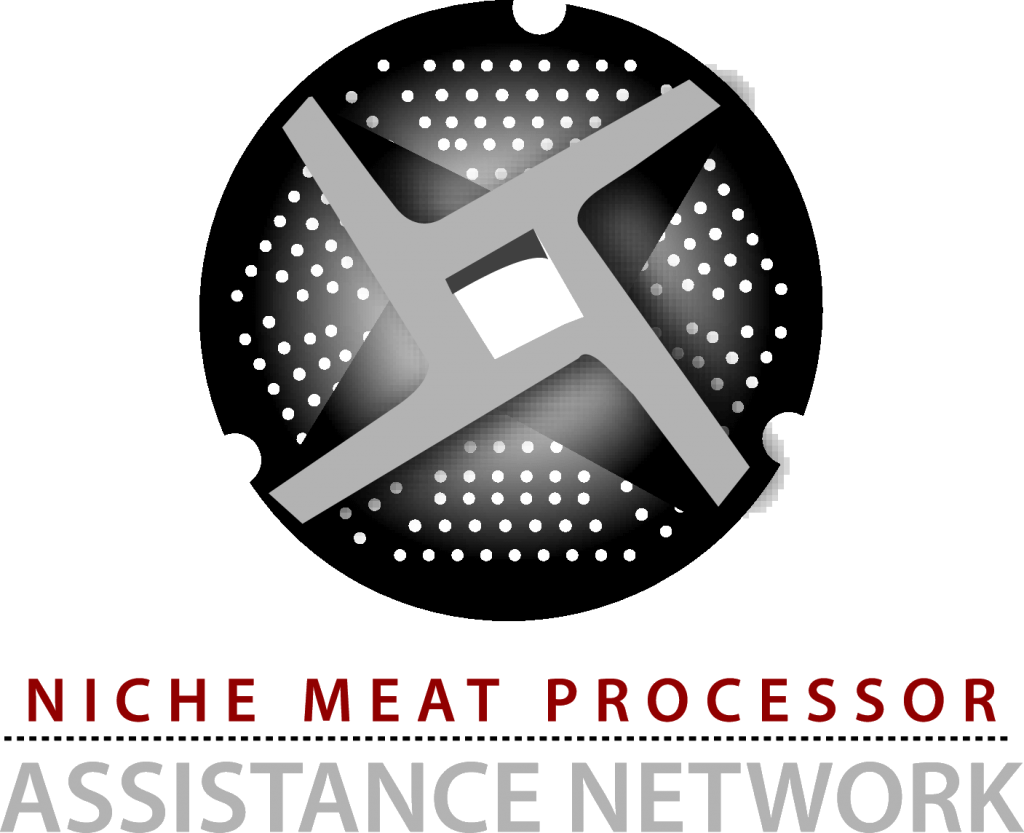Connecticut River Valley, 2008
Study title: “Demand and Options for Local Meat Processing: Finding the way from pasture to market in the CT River Valley”
Date of study: June 2008
Author: Kelly Coleman, Community Involved in Sustaining Agriculture (CISA)
1 Sugarloaf Street, South Deerfield, MA 01301; (413) 665-7100
CISA website
Geographic area covered: Massachusetts, Connecticut, and Vermont
Funding for the study: USDA Rural Development’s Rural Business Enterprise Grant Program
Link to full study: CISA Feasibility Study
Objective
To address farmer concerns about the lack of slaughter and processing capacity in the region, this study aimed to:
1) assess the demand for slaughtering and processing services, and
2) work with several groups of farmers, experts, and partners to determine options for meeting this demand.
By researching one of the biggest hurdles faced by local farmers as they raise animals and bring meat products to market, CISA hoped to lay the foundation for investment in processing infrastructure to ensure the long-term viability of local agriculture.
Problem
A shortage of slaughter facilities in close proximity to animal production. The area used to have two slaughter facilities, but they burned down. Farmers were looking for a local market for their animals and were willing to increase production of livestock if a facility was close.
Survey method and scope
CISA distributed over 600 surveys to livestock and poultry farmers in Massachusetts and received 112 valid responses between December 2007 and February 2008. The target population for this study was farmers who raise livestock and poultry and arrange for their slaughter and processing. The survey tool was designed to avoid double counting animals raised by one farm and finished and processed by another.
What kind of livestock?
This group represented a full mix of livestock. Most of the farmers who responded to the survey raise beef cattle and/or sheep. Farmers also raised hogs, chickens, turkeys, dairy culls, veal calves, and goats, in decreasing order.
Annual slaughter totals
The primary purpose of this study was to understand the volume and character of demand for slaughter and meat processing services in the study area. For total annual harvests, respondents collectively reported annual harvest of 2,845 chickens, 1,052 lambs, 664 beef cattle, 378 turkeys, 237 pigs, 105 geese and ducks and 66 goats.
Current marketing practices
A majority (54%) of respondents stated that they use USDA-inspected facilities for slaughter, 38% use custom-exempt slaughterhouses, and 6% used both types of services.
Available processing options and challenges:
The study authors considered the following options:
- Small-scale USDA-inspected fixed site slaughter and processing facility.
This model could replicate the tradition of local slaughterhouses serving the local market and nearby farms and maintaining community-based ownership and accountability, and improve upon it by increasing food safety and environmental oversight.
- Mobile Slaughter and Processing Unit with Industrial Docking Sites
Unique challenges would include finding qualified staff that could travel with the unit, or training teams to both slaughter and process at each location, getting approval from USDA for an inspector at several sites, travel costs, scheduling, and the approvals for, and development of, multiple sites (water, sewer, rendering options, holding pens, storage, and coolers).
- Meat Processing Only (Cut/Wrap) Facility
This option emphasized 1) service for the local community of farmers, 2) processing to customer specifications, and 3) value-added services (e.g. aging, precise quality control, grinding, curing, smoking, sausagemaking, certifications for marketing attributes like organic, kosher, halal, natural).
- Upgrade Custom Slaughter and Meat Processing Facilities
Challenges include identifying committed operators, major facility renovations, training, and changes to management practices to meet current USDA regulations.
- Rebuild Viable Large Facilities, and Ensure Local Accountability
After a fire destroyed two slaughterhouses in CT , one option was to rebuild and reopen one of them to fulfill the demand for processing.
Table 1 in the full report presents a detailed comparison of these five processing options, including info/projections for: values, stakeholder support, regulatory challenges, proximity for farms, transportation costs, farmer input opportunities, customer base, whether it fills slaughter need, whether can cut to specs, retail options, capital costs, management, personnel, community support, and public health risk.
Survey Results
CISA’s survey of demand for slaughter and processing services in Massachusetts (primarily western and central) found:
- There is significant farmer interest in local processing options, but insufficient supply for a large scale facility that served only the local farming community.
- Farmers prioritized location, scheduling, USDA certification, customer service, and affordability when making decisions about where to bring their animals, and they often have specific processing needs to meet the demands of their markets.
- Seasonality could be a major challenge for any facility servicing local farmers only.
- Additional research with state/national data would strengthen the estimate of potential supply for a facility.
Is it feasible?
The CISA study suggests that as a model, a small-scale USDA-inspected slaughter and meat processing facility is economically feasible with the right combination of:
1) low capital costs or sufficient owner equity, grants, or outside investment
2) volume of demand and species mix that fits profitability projections
3) additional income-generating activities such as retail
The numbers depend on a long list of assumptions, and adjustments in any category affect the big picture. In general, a small-scale facility would only be economically viable with grant funding/other subsidies and/or limited capital requirements.
A small operation may be able to attract community investment through donations or community shares, or other funding sources with little or no interest, which would decrease the amount of financing required. Community support and farmer involvement are critical for a successful model.
CASH FLOW TEMPLATE: Cash Flow Template for a Small Meat Plant
For the study, CISA partnered with a small group of farmers to estimate cash flow inputs for building or renovating a small-scale slaughter and processing facility. Based on this, they developed a cash flow projection and Profit and Loss Statement, both for their study and for others to use.


